Have you ever sat down to enjoy a meal, only to find your cat staring up at you with pleading eyes, their nose twitching at every aroma wafting from your plate? It can feel both hilarious and bewildering—after all, cats have their own food, right? Yet, some felines seem fixated on whatever you’re eating, sometimes going to great lengths to snag a bite. If you’ve ever wondered why your furry friend is so obsessed with your dinner, breakfast, or even just your snack, you’re not alone. Let’s unravel the curious reasons behind this quirky feline fascination.
The Irresistible Smell of Human Food
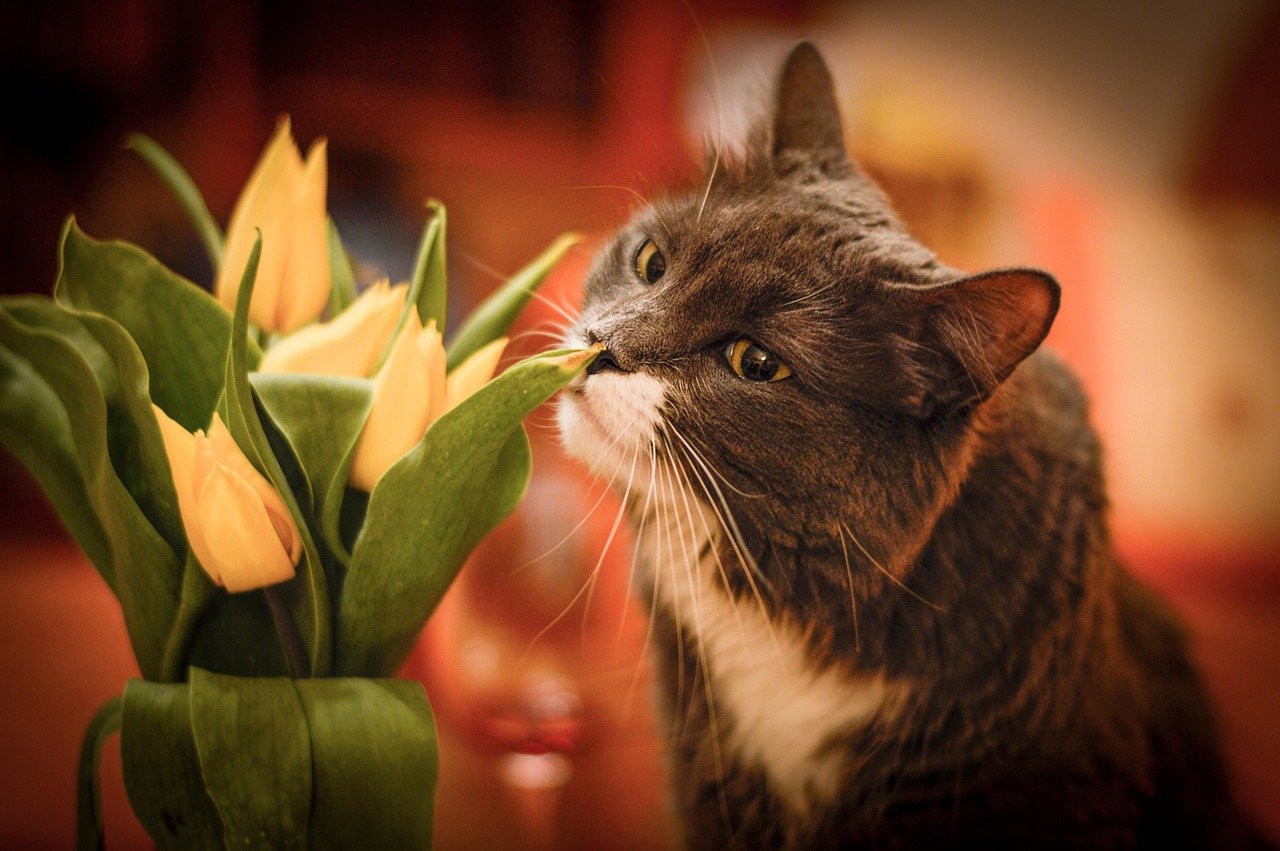
Cats have an incredibly keen sense of smell—much stronger than ours. The enticing aroma of cooked chicken, fish, or even cheese can be simply overwhelming for their sensitive noses. Many human foods are prepared with rich flavors and seasonings that cats don’t encounter in their usual kibble or canned meals. It’s like walking past a bakery and suddenly craving pastries you weren’t even thinking about. For a cat, the mysterious blend of scents from your dinner plate is a siren song they can’t ignore. Even foods that don’t seem particularly aromatic to us might send their senses into overdrive.
Curiosity: The Core of a Cat’s Nature
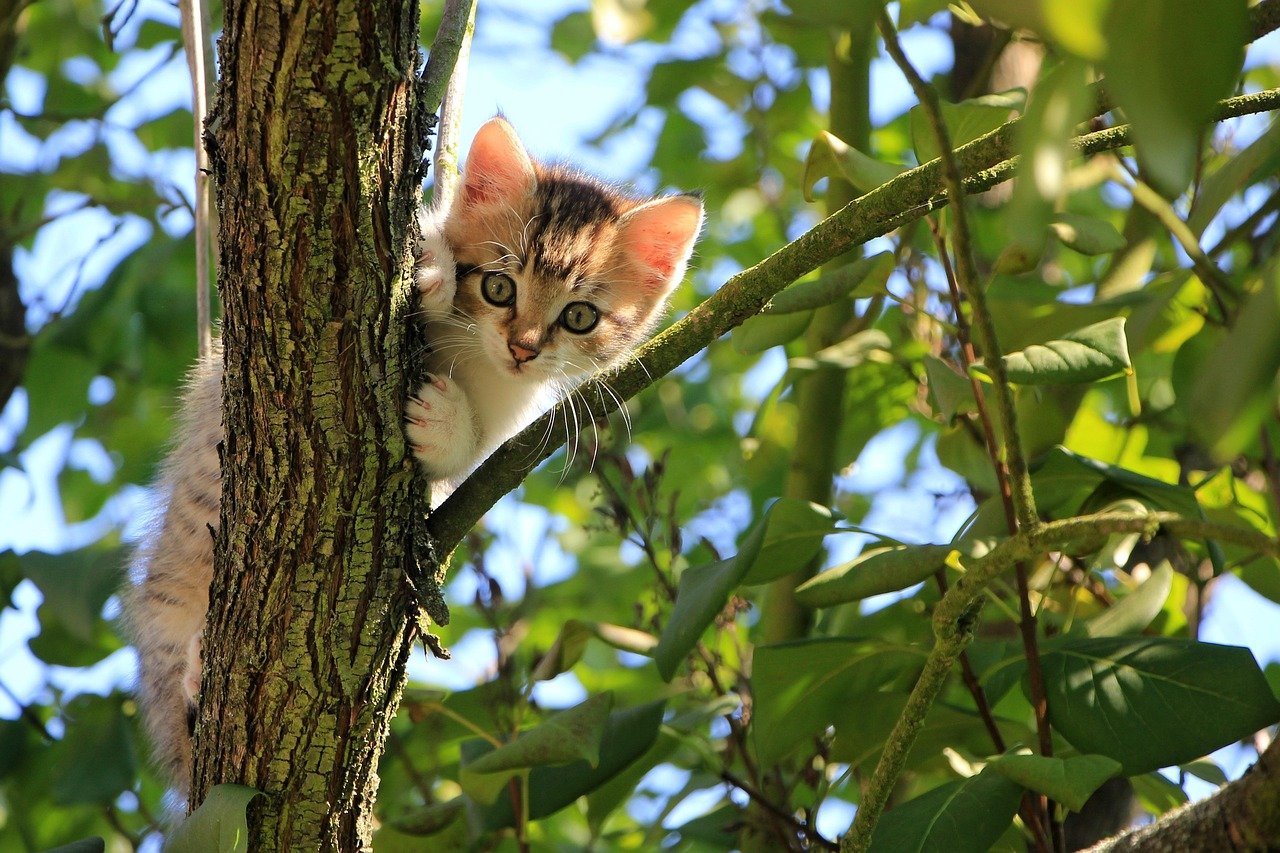
We all know the saying about curiosity and cats, and when it comes to food, their inquisitiveness takes center stage. Felines want to know what you’re eating because, in their eyes, if it’s good enough for you, it must be worth investigating. Watching you prepare or eat food piques their interest, and they often want to be involved in whatever you’re doing. Their curiosity also means they’ll poke, sniff, and sometimes even taste things just to satisfy that urge to explore.
The Social Aspect: Eating Together
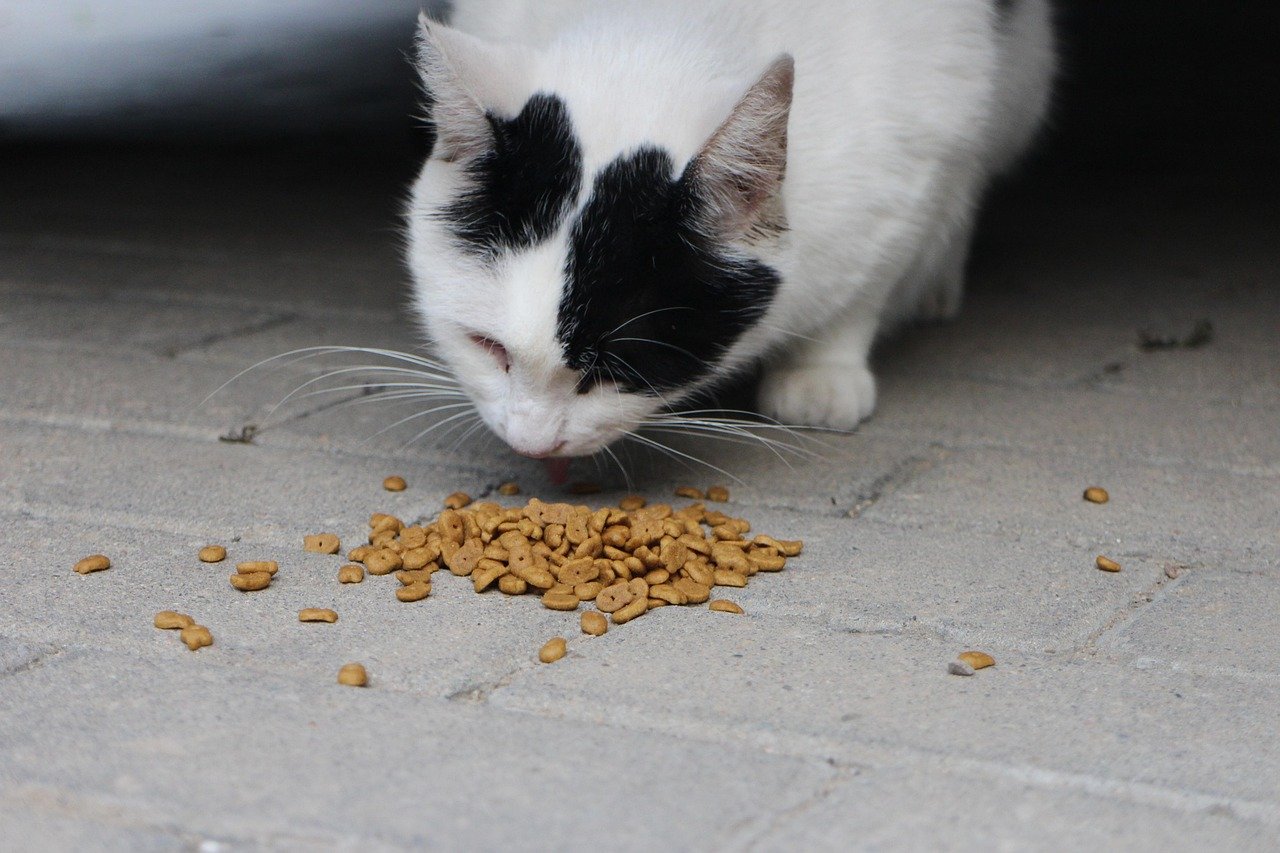
Cats are more social than they get credit for, and they often want to participate in family activities—including mealtimes. In the wild, cats might share meals with their colony, so sharing food with you may feel natural or comforting. Sitting with you while you eat, or even trying to snag a bite, can be a way for your cat to bond and be part of the group. It’s their way of joining in, not just on the action, but on the social ritual itself.
Copycat Behavior: Imitating Their Humans
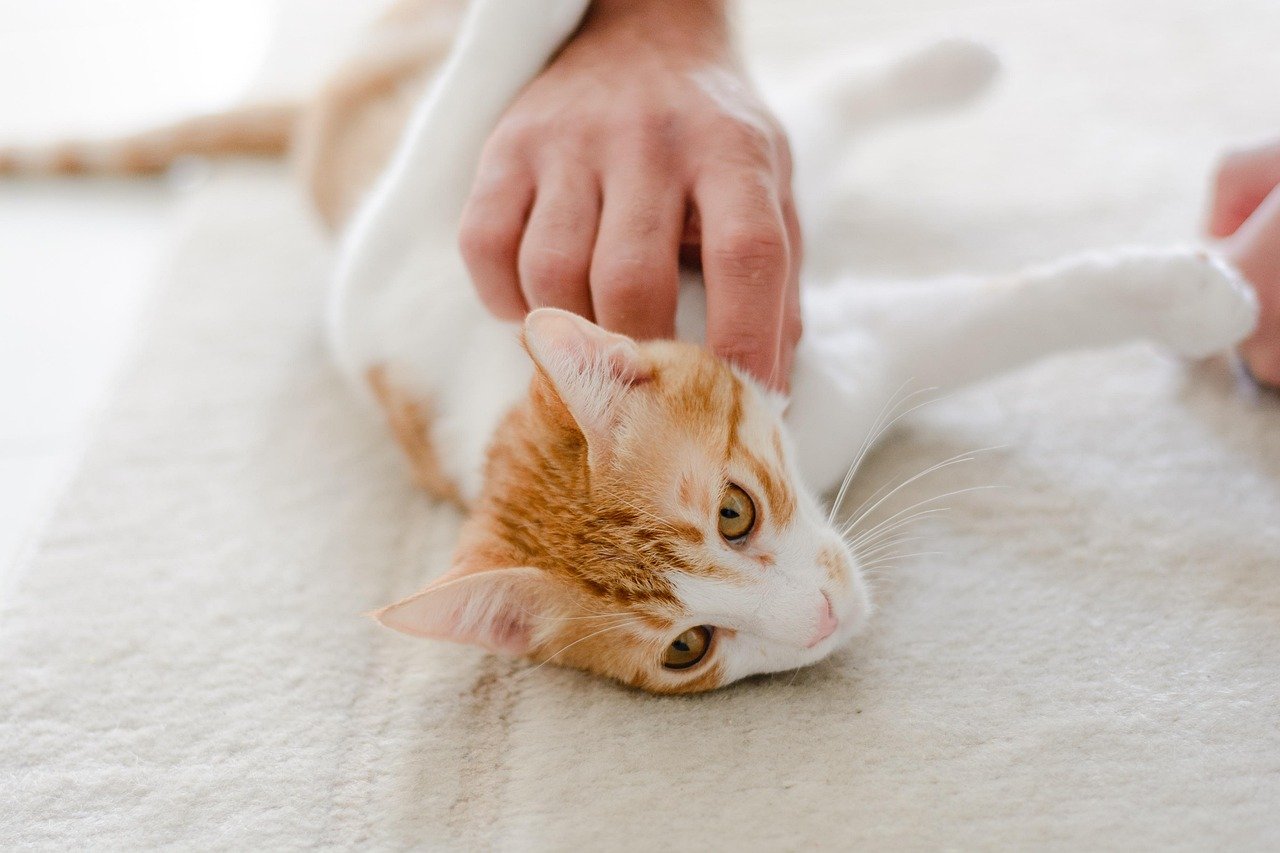
Cats are great observers. They spend a lot of time watching their humans and sometimes even mimic behaviors. If they see you enjoying a particular food, they might become curious and want to try it too. This copycat behavior is often seen in cats who are closely bonded with their owners. They watch you bite into an apple or crunch on a chip and figure, “Why not me?” It’s a little like a child wanting to try grown-up food—only fuzzier.
Early Experiences with Human Food

A cat’s obsession with human food can sometimes be traced back to kittenhood. If a cat was fed scraps or given treats from the table early in life, they may develop a taste for human food. These early experiences shape their preferences and can be hard to break later on. Just like people form food habits as children, so do cats. If they learned that begging leads to tasty rewards, they’re likely to keep up the habit.
Seeking Variety and Novelty
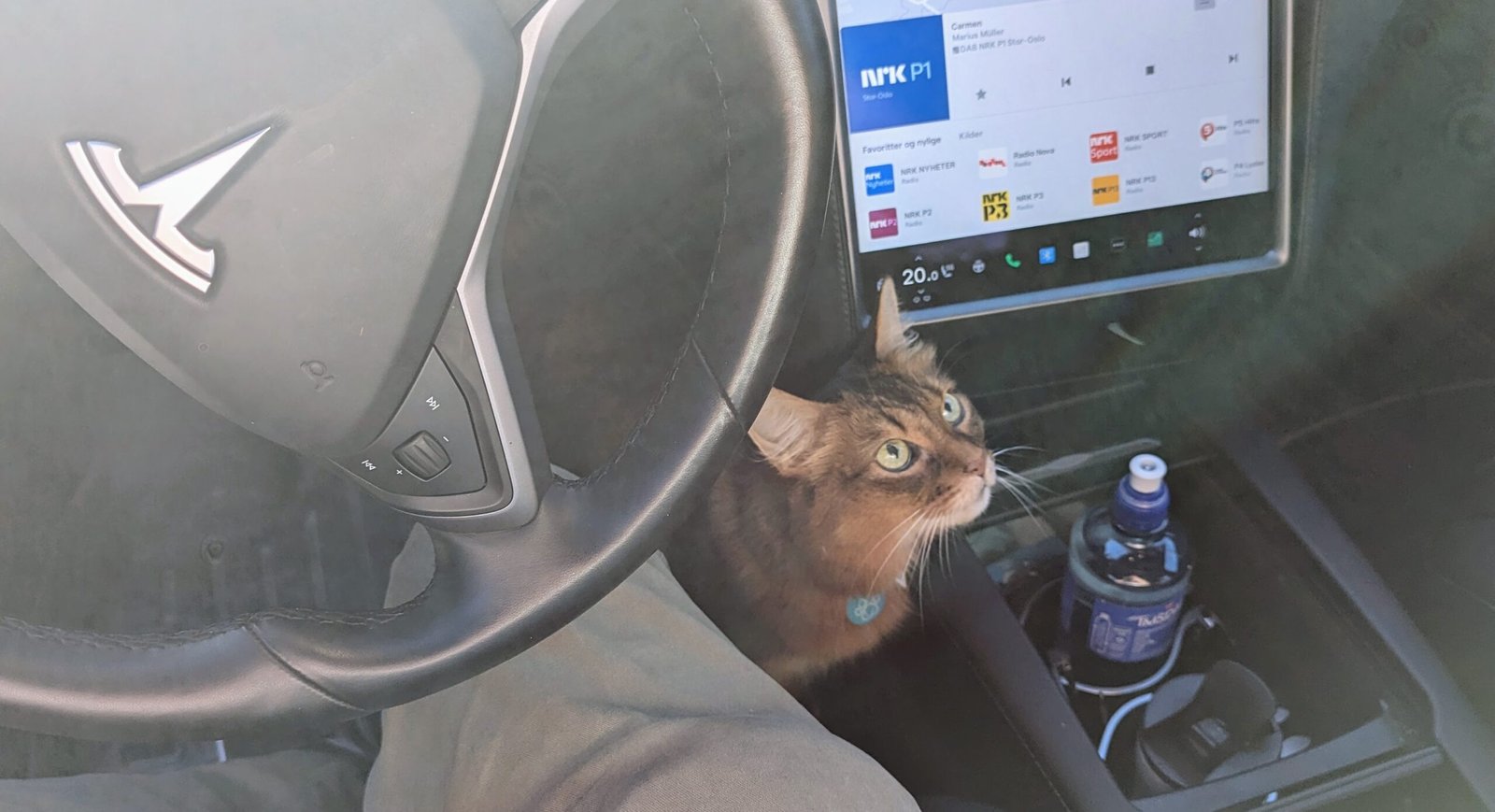
Cats, despite their reputation for being picky, can actually crave variety. The same kibble day after day can get boring, so the exciting new textures and flavors of human food are especially tantalizing. Just imagine eating the same cereal every morning for years—it’s only natural to want to try something different when the opportunity arises. For some cats, human food is the ultimate break from routine.
The Allure of Protein and Fat

Many human foods are rich in protein and fat—two nutrients that cats instinctively crave. As obligate carnivores, cats are drawn to meaty, fatty foods. Bacon, eggs, cheese, and chicken are all packed with flavors and nutrients that appeal to your cat’s natural diet. When they smell these foods, it triggers an instinctive response to hunt, eat, and enjoy.
Attention-Seeking and Learned Behavior

Sometimes, a cat’s obsession with your food isn’t about the food at all—it’s about getting your attention. If every time they jump on the counter or meow near your plate, you react (even if it’s to shoo them away), they quickly learn that this behavior works. Cats are quick learners and will often repeat actions that get a response, whether it’s positive or negative. For them, it’s all about being noticed.
The Temptation of Texture

Human food often has a different texture than cat food. Crunchy toast, creamy yogurt, or chewy meat can be fascinating for a cat to explore. Some cats are especially drawn to certain textures, just as some people have a thing for crunchy snacks or smooth desserts. The sensation of something new in their mouths is part of the allure.
Food as a Comfort or Reward

Just like us, cats can develop emotional attachments to food. If they get a taste of something delicious—even just once—they may associate that flavor with comfort, happiness, or a special reward. This can spark ongoing begging or food obsession. It’s their way of seeking a little extra pleasure or reassurance, especially if they’ve been given treats during stressful times.
Breed Tendencies and Personality
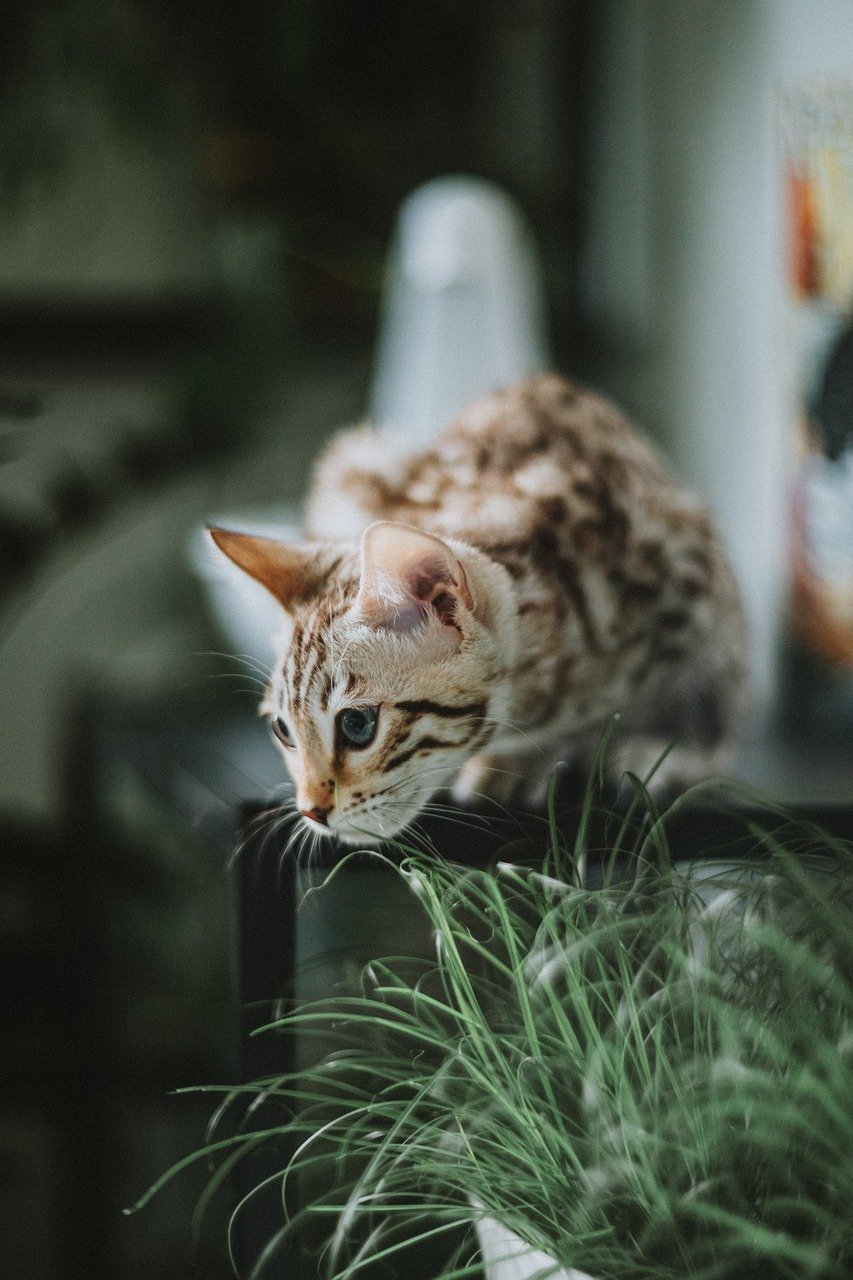
Some cat breeds are more food-motivated than others. For example, Siamese, Maine Coons, and Bengals are notorious for being extra curious and sometimes even a bit mischievous when it comes to food. Personality also plays a role—some cats are just more persistent or bold about getting what they want, while others are content to watch from afar. If your cat is particularly obsessed, it could be a mix of breed quirks and individual personality.
Health Issues That Mimic Obsession

On rare occasions, a sudden or intense interest in food can be a sign of an underlying medical issue. Conditions like hyperthyroidism or diabetes can cause increased hunger. If your cat’s food obsession seems new or is accompanied by weight changes, excessive thirst, or other unusual symptoms, it’s wise to check in with your vet. Medical needs should always come first.
Human Foods That Are Especially Tempting

Some types of human food seem irresistible to cats. Think tuna, chicken, salmon, and anything dairy. The strong smells and flavors make these foods top targets. Even the sound of a can opening or the crinkle of a cheese wrapper can send some cats running. It’s almost comical how quickly they appear at your side, ready to investigate.
The Influence of Feeding Routines
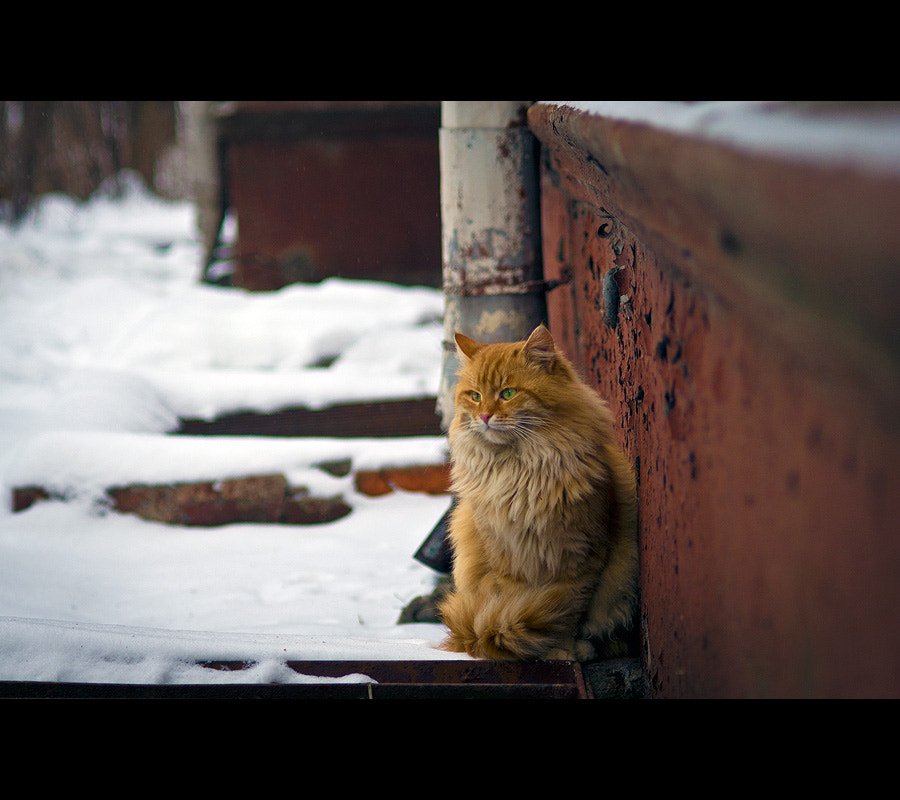
Cats who are free-fed (with food always available) may not be as interested in human food as those on a strict feeding schedule. Cats who only get meals at certain times might be more motivated to seek out alternative snacks. The anticipation of food can make anything you’re eating seem even more appealing. It’s the classic case of wanting what you can’t have.
Environmental Enrichment and Boredom
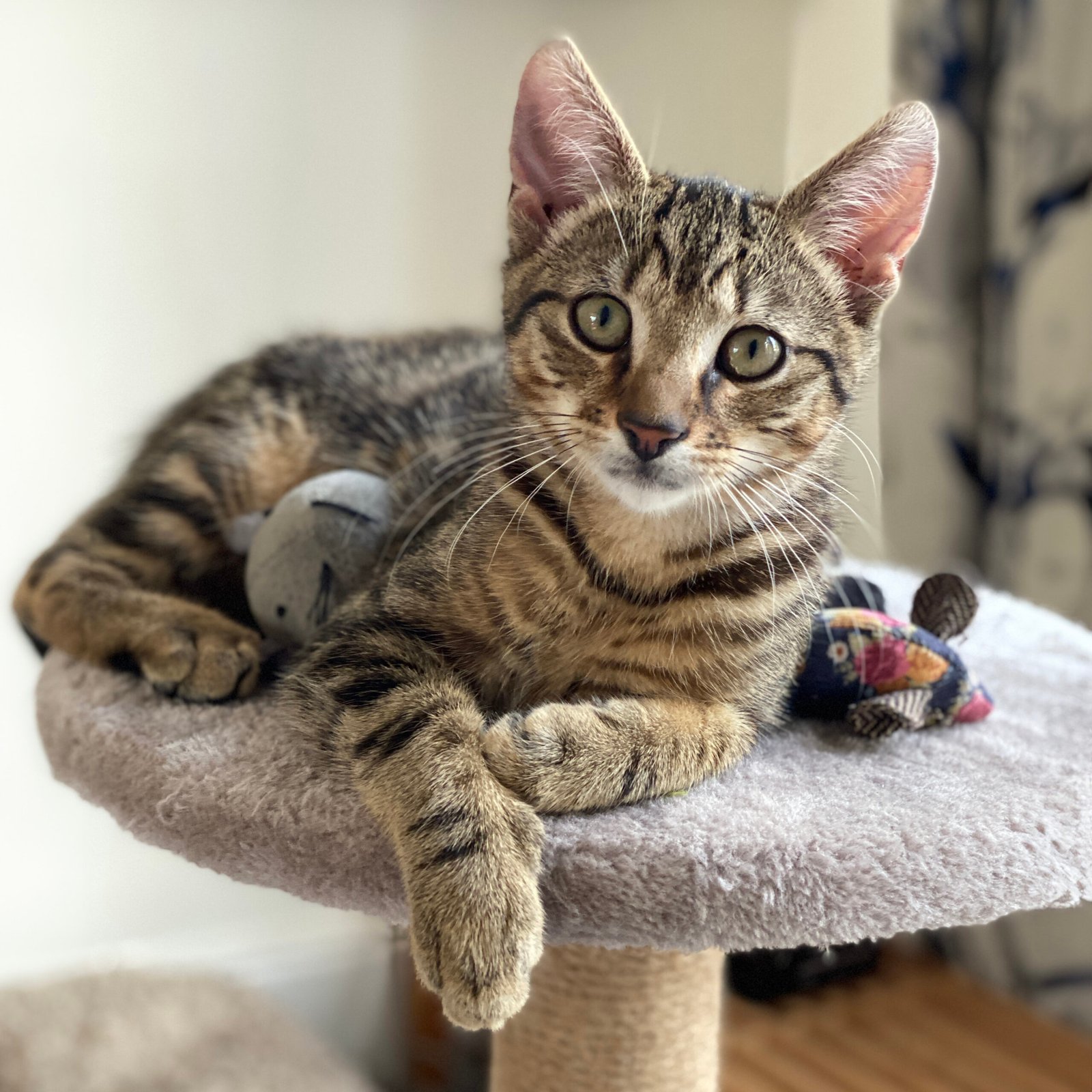
Sometimes, a cat’s obsession with your food is simply a sign they’re bored. When cats don’t have enough stimulation—like toys, playtime, or climbing spaces—they may turn to your meal as a source of entertainment. Snatching food or begging can be their way of adding excitement to the day. Keeping their environment engaging can help shift their focus away from your plate.
Sharing as a Sign of Affection
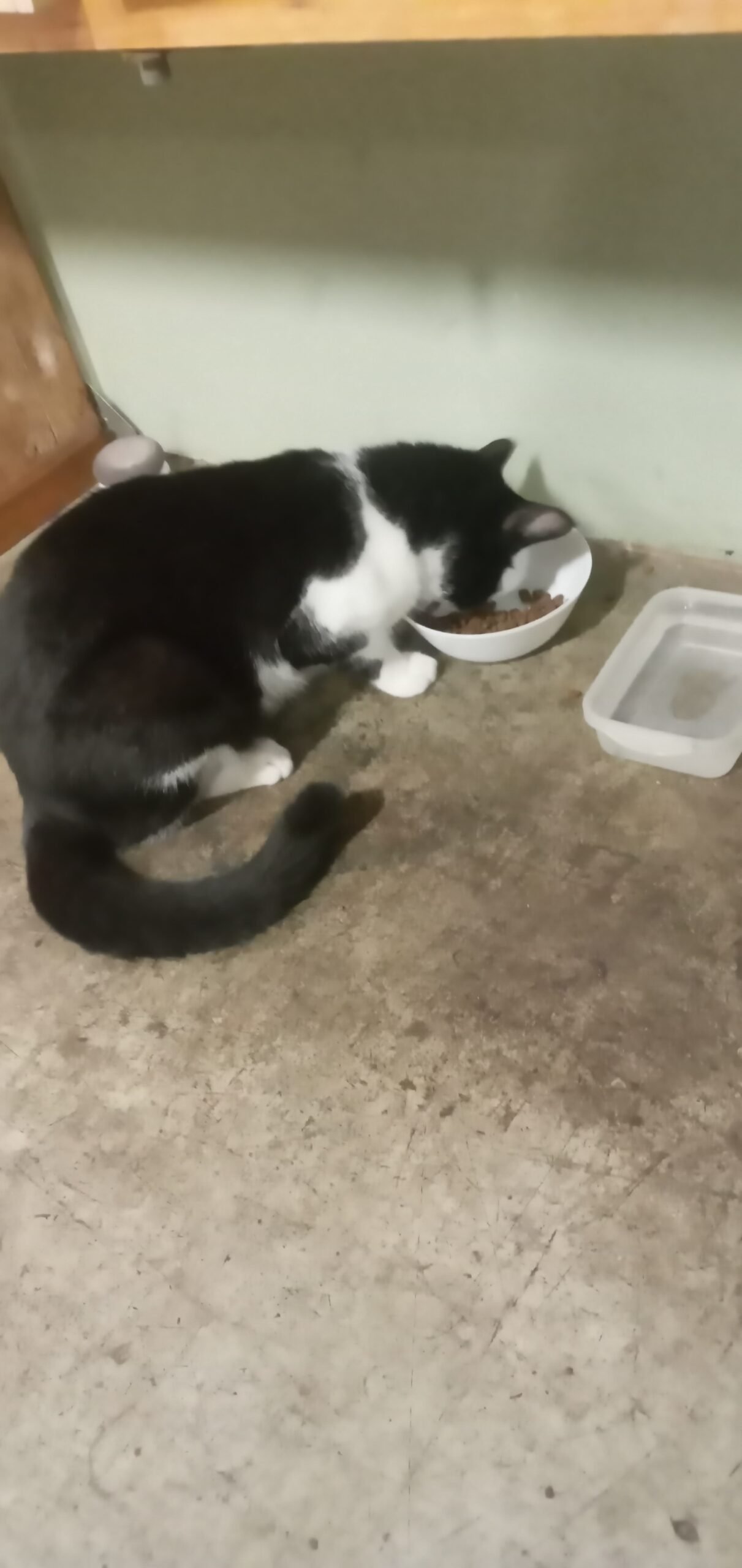
Some cats may try to share your food because they see you as family. In multi-cat households, sharing food can be a sign of social bonding. When your cat brings you a “gift” (like a toy or even a bit of their kibble), it’s their way of expressing affection. Trying to share your food is just another variation of this loving behavior.
Food Scarcity and Past Trauma

Cats who have experienced hunger or scarcity—like strays or rescues—may be more prone to food obsession. Their instincts tell them to eat whenever food is available, just in case it disappears. If your cat was once a stray or lacked food security, it’s not unusual for them to become fixated on any opportunity for a snack. Their past experiences shape their present behavior.
Human Food as a Source of Stimulation

Part of the thrill, for some cats, is the challenge of getting the food. The sneaky dash across the table, the stealthy paw swipe—these are forms of play and problem-solving that stimulate their minds. Human food isn’t just about taste; it’s also about the adventure and the “hunt.” Like puzzle toys, your dinner can become the ultimate game.
The Dangers of Feeding Human Food
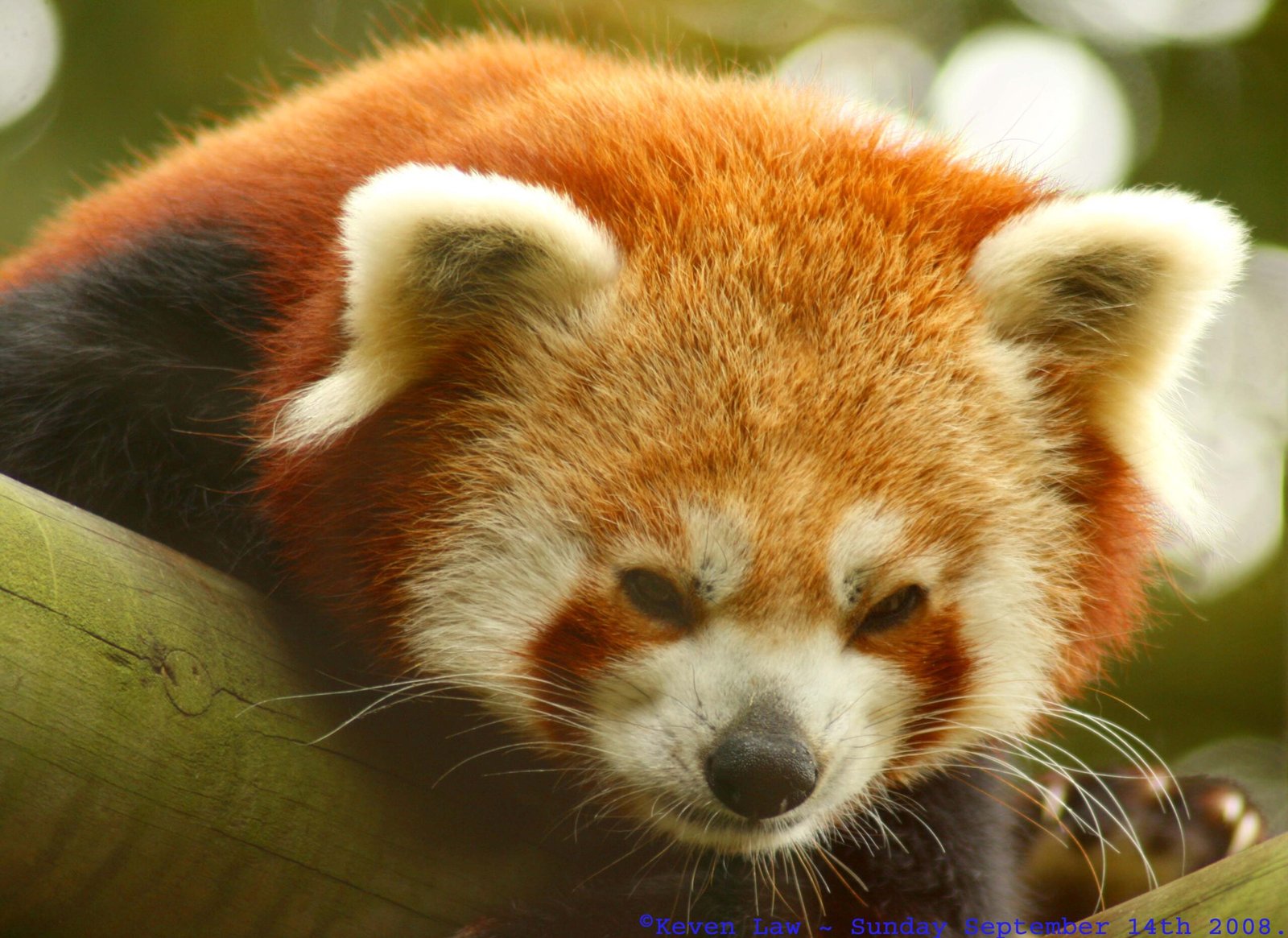
While sharing a bite now and then might seem harmless, many human foods are actually dangerous for cats. Foods like onions, garlic, chocolate, grapes, and certain artificial sweeteners can be toxic. Even foods that are safe in small amounts can lead to unhealthy habits or weight gain. It’s important to be mindful of what ends up in your cat’s mouth, even when those big eyes are hard to resist.
Ways to Manage Food Obsession
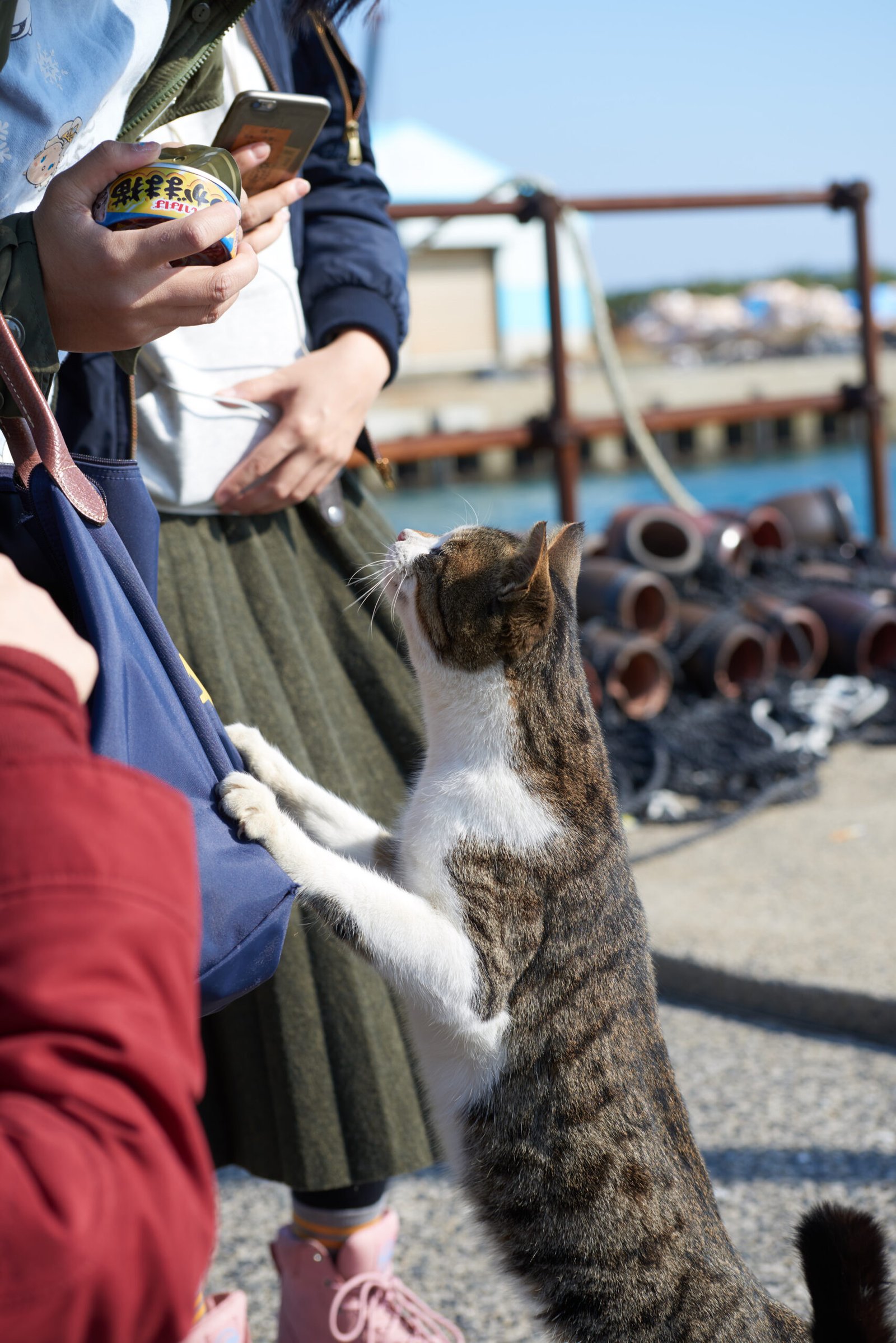
If your cat’s obsession with your food is becoming a nuisance, there are ways to manage it. Try feeding your cat before you eat, providing engaging toys or treats as distractions, and sticking to a routine. Avoid giving in to begging, as this only reinforces the habit. Consistency, patience, and a little creativity can go a long way in helping your cat develop healthier mealtime manners.
Understanding Your Cat’s Unique Needs

Every cat is different, and understanding the reasons behind your cat’s fixation on human food can help you respond with empathy and care. Whether it’s curiosity, hunger, habit, or affection, your cat’s behavior is their way of communicating with you. Paying attention to their needs and signals can strengthen your bond and make mealtimes more peaceful for everyone.
Hi, I’m Bola, a passionate writer and creative strategist with a knack for crafting compelling content that educates, inspires, and connects. Over the years, I’ve honed my skills across various writing fields, including content creation, copywriting, online course development, and video scriptwriting.
When I’m not at my desk, you’ll find me exploring new ideas, reading books, or brainstorming creative ways to solve challenges. I believe that words have the power to transform, and I’m here to help you leverage that power for success.
Thanks for stopping by, Keep coming to this website to checkout new articles form me. You’d always love it!






